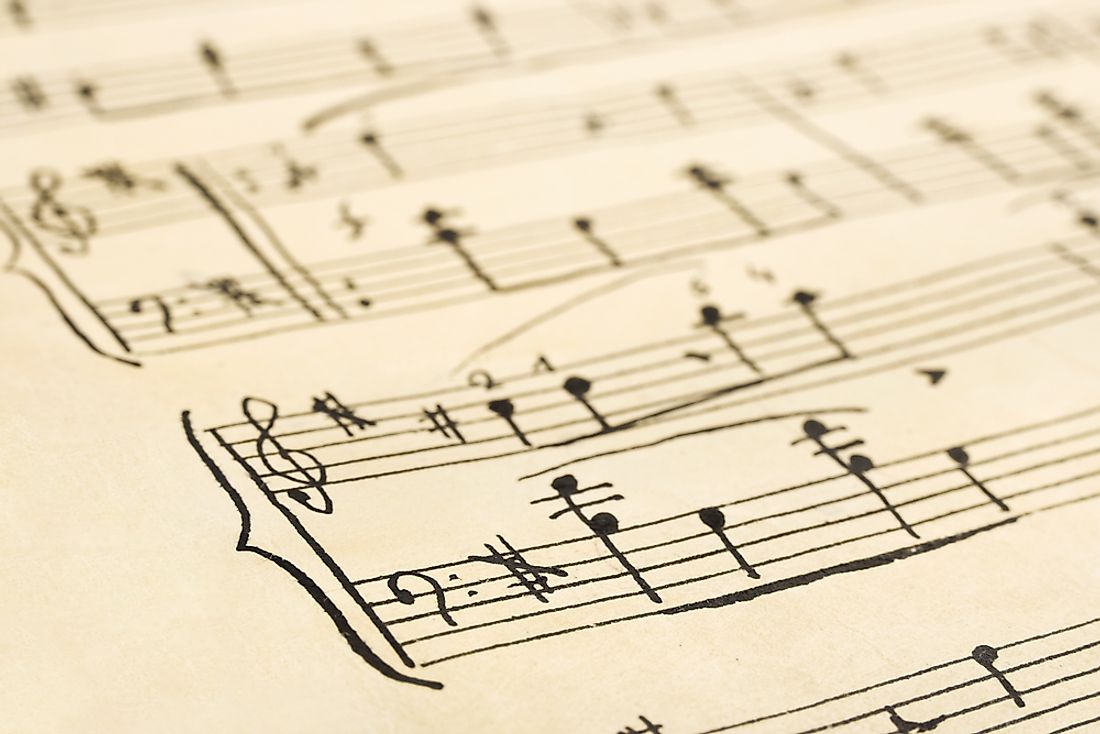Which Country Has The Shortest National Anthem?

Symbols such as national flags and anthems play important roles in terms of establishing the individual identity and culture of a country. Both symbols serve to express the national pride citizens of that specific region of the world feel towards their homeland. Likewise, national symbols such as anthems and flags are also meant to reflect the distinct cultural and historical nature of the country which they represent. A prime example of this is the fifty stars on the flag of the United States which serves to represent the nation’s fifty states.
The Shortest National Anthems
In terms of anthems, however, of all the countries spread across planet Earth the nation with the shortest (and one of the oldest) national anthems belongs to the island nation of Japan. Officially referred to as “Kimigayo”, the title of this four line anthem can be translated to “His Imperial Majesty's Reign”. The origin of its lyrics can be traced all the way back to a Japanese waka poem which is thought to have been written sometime in the Heian period between the years of 794 and 1185.
Kimigayo also has the distinction of being one of the oldest national anthems in the world. Breaking it down, Kimigayo has a total of 32 characters and runs a length of eleven measures. In accordance to Japanese law no translation of either the title or lyrics is allowed by law.
The History of Kimigayo
The Empire of Japan used “Kimigayo” as its official national anthem during the years 1888 to 1945. After the end of World War II and following the surrender of Japan, the new State of Japan was established. Kimigayo then took on the status of becoming the de facto national anthem until the official Act on the National Flag and Anthem took place in the country during 1999. This formal act served to officially establish “Kimigayo” as Japan’s sole national anthem.
The music for “Kimigayo” was written by Yoshiisa Oku and Akimori Hayashi and in 1880 the harmony was composed by German musician Franz Eckert. It wasn’t until August 13, 1999, that Kimigayo was officially adopted as the country’s anthem.
Even though the anthem has been met with much controversy over the years, in terms of its actual lyrics the five lines which make up the musical piece are rather simple when translated into English. An example of this can be found in Christopher Hood’s 2001 text Japanese Education Reform: Nakasone's Legacy, in which Japan’ anthem is translated to, “May your reign/ Continue for a thousand, eight thousand generations/ Until the pebbles/ Grow into boulders/ Lush with moss.” The mention of “your reign” is a reference to the current Emperor of Japan, Akihito.
According to the website national-anthems.org, the original source material used to create the Japanese anthem comes from a 9th century poem collection of Kokinshu. Translated as “Collection from Ancient and Modern Times” Kokinshu was a Japanese poetry anthology put together in 901 by Ki Tsurayuki under orders from the King. Although the words date back in history, the music is said to have been composed by Oku Yoshiisa (1858-1933). If one were to translate the title of "Kokinshu", Japan’s official anthem, it would simply mean 'The Reign of Our Emperor'.











